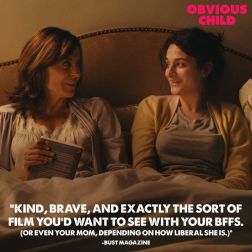Clothes Call
by Anita Diamant
While packing away my winter woolies I discovered that my warm-weather wardrobe was down to three dresses, three wearable pairs of capris and a mess of t-shirts, where mess = stained and pilled. (I thought I did a thorough edit last fall.)
Thus I started shopping, looking to have my fancy struck. But in the process of scouting the magazines for spring and summer wear, I’ve become worried about Eileen Fisher. She is showing a wardrobe appropriate for a Chinese funeral – white being the color of mourning.
Is she depressed? Is she physically ill and fading away?
There is something sad about all those asymmetrical grey and white pajamas. The well-cut looseness– her trademark silhouette – is starting to look like she’s given up on the human body. These are clothes made for the couch, if you don’t mind looking like an unmade bed after watching a single episode of The Unbreakable Kimmie Schmidt. Then again, Ms. Fisher favors linen, the most passive-aggressive of all fabrics.
I’m not asking her to go all Lily Pulitzer. Eileen has always leaned to monochromatic – especially black. But at least black is de trop, the presence of all color, dramatic. Her whites, on the other hand, are absent all drama; they threaten to make a girl disappear.
I own a small collection of EF, mostly purchased at consignment shops. They are well made and last for years. My Eileen Fisher “pieces” (which is what you call a sweatshirt that retails for more than $200) include a pair of pants, four long sleeve silk tees, the aforementioned sweatshirt and a sweater.
Said sweater hails from the late ‘90s and is the color of an emerald in a jewelry case, where the lights are arranged so the gem seems to glow from within. I bought it at Bloomingdales in the days Bloomingdales sold clothes for women who work for a living. Whenever I open the drawer and see that green – a daffodil stem before it flowers — I am encouraged. The glass is half full of springtime. Things are going to be okay.
Her new white togs elicit a sigh of resignation.
Or maybe Eileen is designing specifically for brown and black women; women for whom a beige poncho isn’t camouflage but a yin that proves the power and pop of their yang.
But to what end? Lupita Nyong’o would look good in a brown paper bag. Or a white plastic bag. Or even linen sack by Eileen Fischer. But why on earth would she bother when the whole damn rainbow suits her so well.
